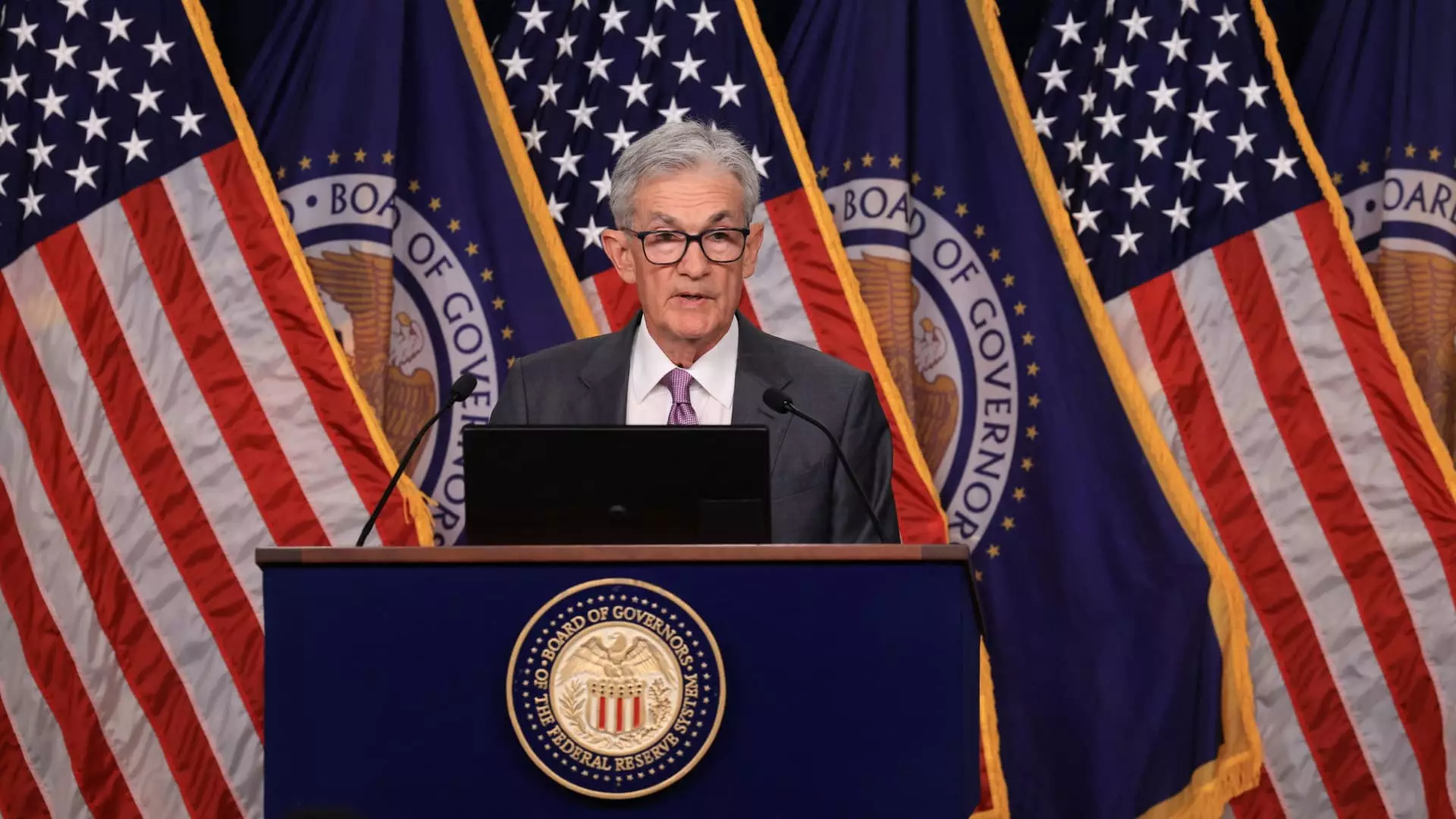As the Federal Reserve navigates the complex landscape of economic recovery post-pandemic, the central bank has hinted at the likelihood of additional interest rate cuts in the coming months. The Federal Open Market Committee (FOMC) has signaled its intention to reduce the benchmark federal funds rate, presently in the range of 4.75% to 5%, by half a point before the conclusion of 2024. This information emerges from the FOMC’s recent decision-making process, which includes two remaining policy meetings scheduled for early November and mid-December of this year.
The adjustment in the federal funds rate is primarily influenced by the ongoing assessment of various economic indicators. The FOMC dot plot, which aggregates the projections of 19 committee members, suggests that rates may settle around 4.4% by year-end, a significant change from previous rates. These projections reflect a broader strategy that anticipates further declines to 3.4% by 2025 and potentially 2.9% by 2026, indicating a commitment to a long-term easing of monetary policy conditions.
Economic Projections and Inflation Outlook
In the wake of the Fed’s latest meeting, Chairman Jerome Powell emphasized that the central bank is not rushing these decisions, indicating a gradual and methodical approach to monetary policy adaptation. Powell’s comment, “This process evolves over time,” underscores the Fed’s focus on ensuring sustained economic growth while keeping inflation in check. The anticipated decreases in interest rates are part of a larger strategy to support not just price stability but also labor market dynamics.
The FOMC projections reveal a nuanced picture of the economy, as officials have slightly adjusted their expectations for employment rates and inflation. The unemployment rate is now projected to rise to 4.4%, an increase from earlier estimates. This adjustment, while concerning, reflects a realistic assessment of the labor market’s recovery trajectory. Conversely, inflation forecasts have been slightly downgraded, with expectations of core inflation now projected to settle at 2.6%, down from previous estimates. This change signals a better-than-expected advancement towards achieving the Fed’s long-standing inflation target of 2%.
Strategic Implications for Economic Stability
The implications of these monetary policy adjustments extend beyond immediate interest rate changes. A reduction in rates, particularly after a prolonged period of elevated levels, could invigorate consumer spending and business investments, catalyzing economic activity. However, the Fed remains acutely aware of the delicate balance required to foster a thriving economy while mitigating inflationary pressures.
The cautious optimism portrayed by the Fed could influence market behavior, shaping investment strategies and consumer confidence as stakeholders adjust to evolving economic conditions. The interplay of these factors will likely determine the broader economic landscape in the coming years, with the central bank’s decisions playing a crucial role in steering the U.S. economy towards stability and growth amidst uncertainty.
The Federal Reserve appears poised for a gradual but significant shift in interest rate policy, reflecting a broader economic landscape characterized by cautious optimism and strategic foresight. The path ahead remains complex, yet the central bank’s focus on sustainable growth remains paramount.

